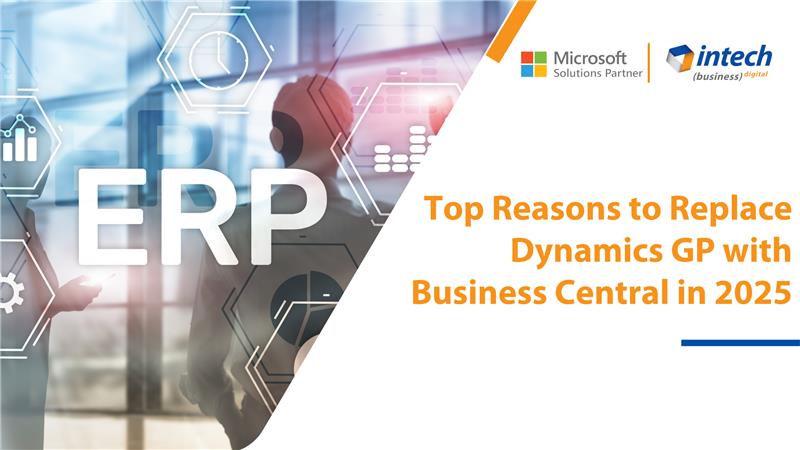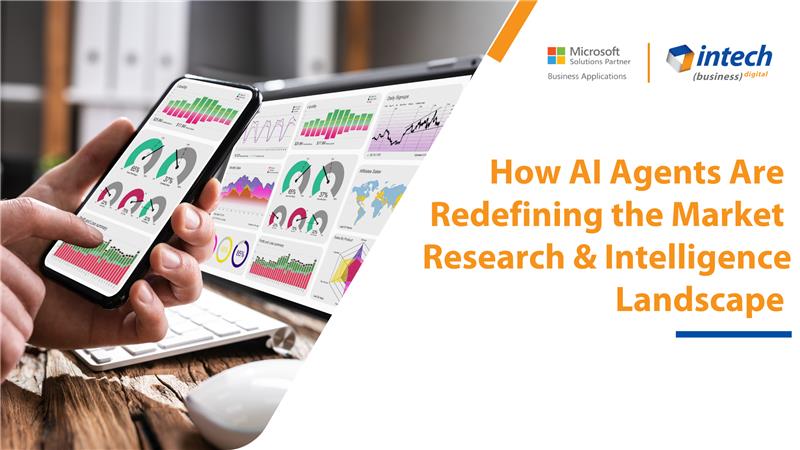7 B2B e-commerce trends to look forward to in 2018
The eCommerce industry is booming globally, with almost all countries experiencing significant growth over the last year. It is predicted that the global retail eCommerce market will reach $4.5 trillion by 2021. With the advancements in technology and emergence of Digital Transformation, the possibilities of improving your business model are endless. According to a report by Statista, B2B eCommerce is on rise and is set to surpass B2C sales within the next few years. Thus, it is more important than ever for B2B sellers to keep up with the changing landscape of business and technology and make sure that their business stays ahead of the competition. Following are the 7 B2B eCommerce trends to look forward to in 2018.
1. Omni-channel
Omni-channel offers the choice of buying and selling through various channels. This aims at providing your customers a seamless purchasing experience whether he/she is shopping online from a mobile phone, a laptop, or a physical store. This method features a real-time integration of channels on the back end. For instance, you can check a product online on your laptop, buy it from your mobile phone and choose to pick up rather than getting it delivered. For making this successful, B2B sellers must have an eCommerce portal in place. According to a Forrester survey, 60% of B2B sellers said their omni-channel customers are more active, spend more and more satisfied.
2. Mobile eCommerce
The buyers are young and tech-savvy. This obviously means they are mobile and like to be so. B2B buyers spend most of their time on mobile – be it for researching products, comparing prices, making purchase or contacting merchants. As per a report by Google, 42% of B2B customers use mobile devices during their purchasing process. Mobile eCommerce drives more than 40% of B2B’s revenue. By providing mobile-first experience, your B2B customers can access your services anytime, anywhere. This is the ultimate convenience which leads to increased orders and revenue.
3. Personalization
No one likes to see more of the products which they never buy. Buyers expect products and pricing curated as per their needs. This is possible if you have data about their historical purchases, purchasing volume, frequency of purchase, etc. According to Gartner, 2018 will see around 40% of B2B commerce sites using price optimization algorithms to deliver dynamic pricing. Personalization gives a sense of satisfaction to the buyers. When you let your customers see exactly what they want, they will trust your brand more and would feel the platform is considerate of their choices.
4. Better collaboration with sales representatives
The online shopping experience is more of self-service. This asks for lesser personal interactions. But this doesn’t mean your sales reps will become redundant. According to a report by Aspect, 76% of consumers say they view customer service as the true test of how much a company values them. So, though your sales reps will be free from carrying out daily mundane tasks, they will have to give that time to build better relationships with the buyers. Rather than engaging in repetitive tasks, sales reps will have to be more empathetic, more customer centric and act as trusted advisors to their buyers.
5. Integration with ERP
Businesses, large and small, cannot do without an ERP software. ERP helps you streamline all your business processes. When you integrate ERP with eCommerce portal, the benefits double. You can track the availability of stock and show the same on your eCommerce site. Orders from the eCommerce portal are integrated directly to ERP so everything is tracked. Everything, from placing orders to processing to their shipping, can be tracked by the customer.
6. Secure online payments
Though online payments are booming, online purchase from B2B eCommerce is quite complex. Many payment options like e-checks, PO, checks, etc. are available for B2B transactions. Traditionally, businesses handled all the transactions manually but these methods won’t work with eCommerce platform. So, to become truly efficient and make the most of eCommerce platform, businesses will have to adopt a fully secured payment solution. Secure digital payments are going to trend in 2018 and since.
7. Artificial Intelligence (AI)
AI gives the ability to machines to converse and solve problems by themselves. The three important aspects of AI are data mining, natural language processing and machine learning. While Data Mining helps in identifying meaningful patterns for better personalization, Natural Language Processing helps text-to-speech recognition and improved search capabilities. All these aspects enable businesses to understand and imagine how AI will boost their B2B strategy. Chat-bots are one of the examples of the use of AI in business.
So, what are you waiting for? Pull up your sleeves and start working on adopting these B2B eCommerce trends to keep up the pace with your competitors.
About Intech
Intech Systems is a three-cloud Microsoft-certified partner that boasts deep expertise in providing digital transformation solutions for organizations by leveraging the Microsoft 365, Dynamics 365, and Azure solution stack. Intech is recognized as a top-tier Microsoft implementation partner globally and specializes in transformative technology solutions such as ERP (Enterprise Resource Planning), CRM (Customer Relationship Management), Business Process Automation, Business Intelligence, Cloud Infrastructure, Data Management, Productivity & Collaboration and Generative AI (Gen-AI) solutions. As a trusted Microsoft Solutions Partner, we are capable of doing complex technology implementations catered to an organization’s specific needs & also rapid solution implementation such as our Microsoft Dynamics 365 Business Central implementation packages. We pair our implementations with end-to-end customer support, offshore development & 3rd party integrations. With offices in India, USA (United States of America), and Singapore, we work with clients across globe to empower businesses with cutting-edge technology solutions. Our latest services aim at delivering business ready AI solutions to the customer, like our Microsoft Copilot Consulting Services & Solutions for small, medium & large enterprises. Intech’s expertise lies in building software solutions for Manufacturing, Professional Services & Healthcare. Our Dealer Management System, Sales and Service CRM for Manufacturing, Field Force Automation for Pharmaceuticals and Manufacturing Central are some of our leading industry solutions. Intech’s vision is to catalyze digital futures for operation-centric industries globally, we are at the forefront of innovation, helping organizations drive growth and innovation like never before. Contact Us to learn more.
Recent Post




How can we help? - Talk to Dynamics 365 experts for your concerns
What's New

Top Reasons to Replace Dynamics GP with Business Central [2025]
Introduction: The clock is ticking for businesses still operating on Microsoft Dynamics GP. While it...

How AI Agents Are Redefining the Market Research Landscape
Do you know your competitors are decoding consumer behavior in hours using AI agents that...

How Agentic AI Is Transforming the Manufacturing Industry [2025]
Introduction Did you know that 91% of manufacturers are planning to increase their investment in...




